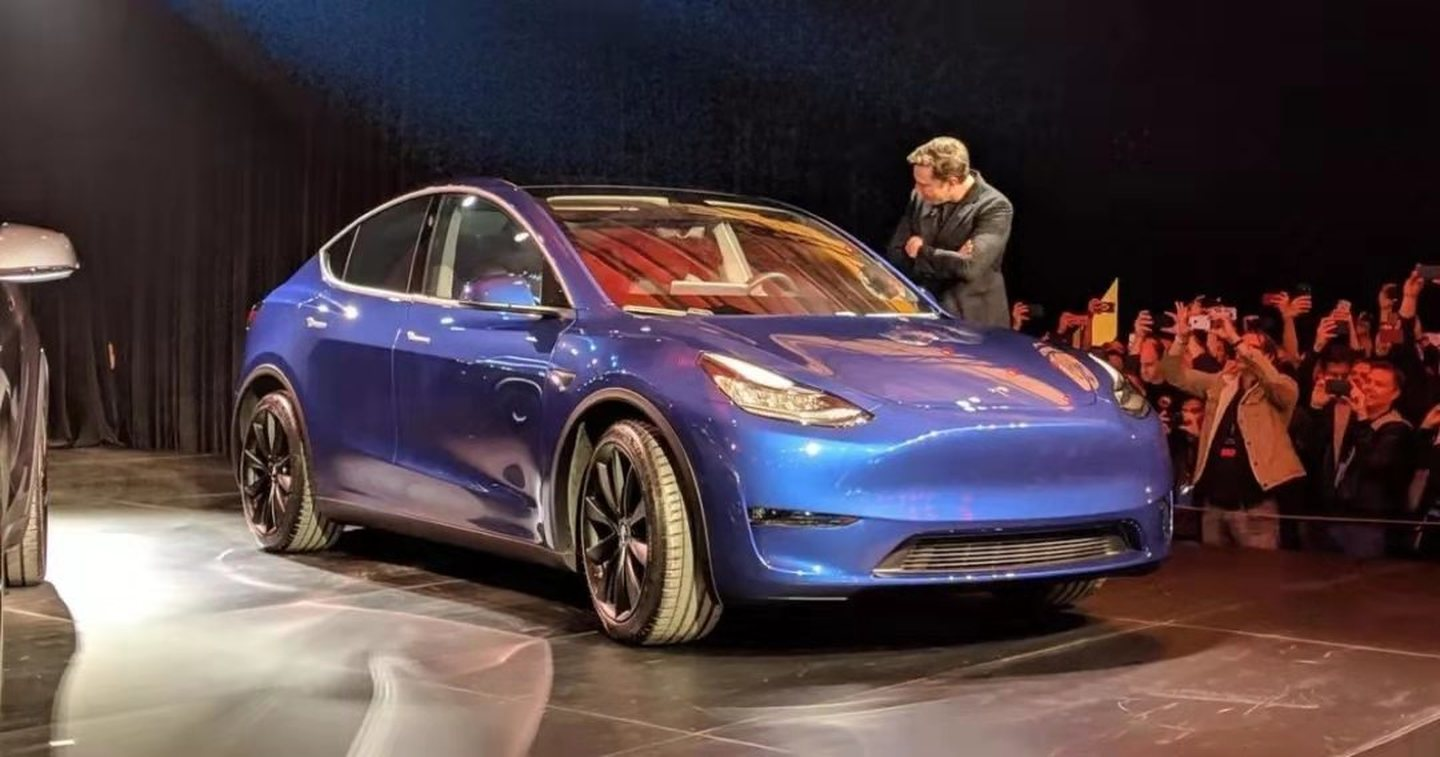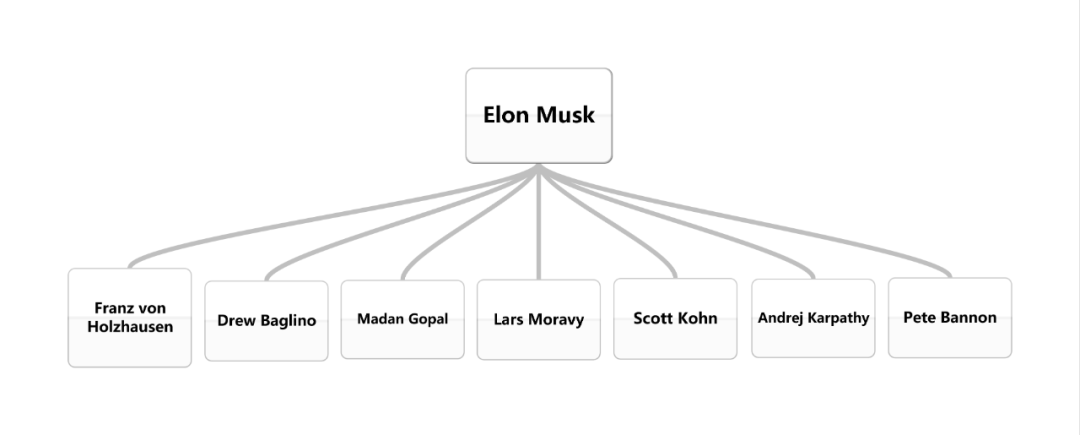It’s going to be an amazing product and be very well received. I think it will outsell Model S, Model X and Model 3 combined.
Model Y will be an amazing product that is expected to be highly acclaimed. I believe its sales will surpass the combined sales of Model S, Model X, and Model 3.
On March 15, 2019, Tesla CEO Elon Musk unveiled the Tesla Model Y in Hawthorne, California. Six months later, Elon made the above prediction during the Q3 2019 earnings call.
Model Y is the most polarizing product in Tesla’s history.
Following the announcement on March 15, 2019, the product sparked a wide range of discussions. However, unlike before, the prevailing point of view this time was that the Model Y was Tesla’s transformational product. After several decades of rapid growth and expansion, Tesla needed a “high-margin,” “low-cost,” “ordinary,” and “less innovative” product to achieve a breakeven point.
In 2012, Tesla emerged and quickly rose to prominence, becoming a “large luxury car manufacturer” with the release of the Model 3. From Model 3 to Model Y, Tesla has gradually lost its aggressiveness and become a member of many conventional carmakers?
Did the boy who killed the dragon become the dragon himself?
Model Y Project Team
Before we get started, let’s meet the Tesla dream team that built Model Y.
Lars Moravy is the Chief Engineer of Model Y, Vice President of Tesla Automotive Engineering, and is responsible for all hardware design of Tesla vehicles, including body, interior and exterior decoration, lighting, chassis, battery architecture, heat dissipation, safety, and much more. He is the chief engineer of Model Y prototype, validation, and production phases.
Drew Baglino is the Senior Vice President of Tesla Powertrain and Energy Engineering, leading the development of Tesla’s electric motors, batteries, powertrains, power electronics, high voltage and battery safety, powertrain performance modeling, etc. He is in charge of Model Y’s powertrain system.
Madan Gopal is Tesla’s Chief Safety Engineer, responsible for Tesla’s vehicle safety and ADAS engineering testing. He is responsible for the development and testing of Model Y’s crash prevention and active safety system.
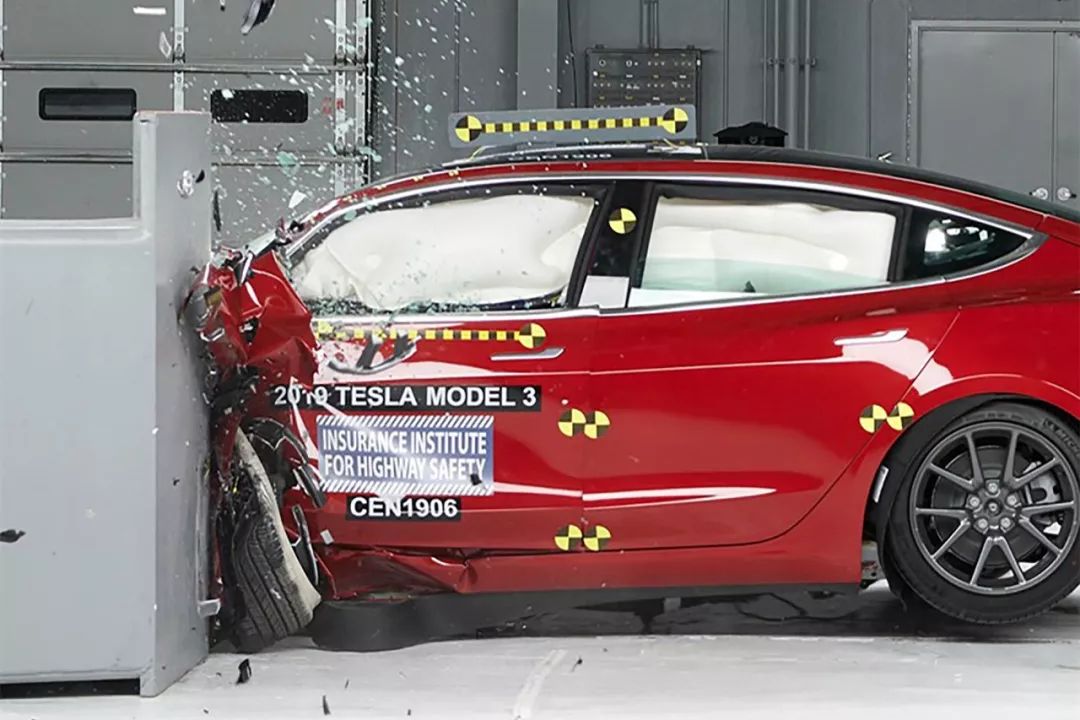
Scott Kohn is one of the pioneers who joined Tesla in 2005 following co-founder JB Straubel. After Tesla’s former Chief Battery Scientist Kurt Kelty left in 2017, Scott Kohn took over the engineering and abuse testing of Tesla’s in-house batteries.
Andrej Karpathy and Pete Bannon are the twin stars of Tesla Autopilot department, leading the development work of Autopilot’s deep neural network and hardware including the central chip.
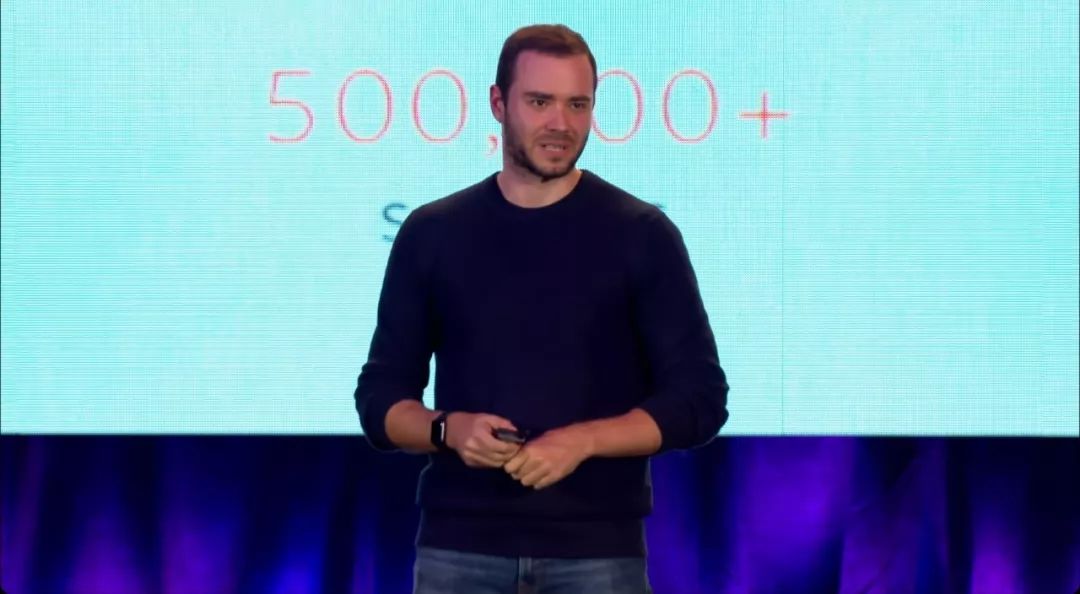
Franz von Holzhausen is a familiar face among Tesla fans. He is the Chief Designer of Tesla and was the one who introduced Model 3 in 2016. He is also the Chief Designer of Model Y.
Elon Musk, Tesla’s Chief Engineer, Chief Product Architect, and Autopilot leader, is known for his involvement in every detail of product development–earning himself the nickname of “nano-manager”. In addition to Model Y, he is also the overall product leader of Model S/X/3/Y, Cybertruck, as well as Semi.
If these people sit together, what kind of unique color will they bring to Model Y?
From Model 3 to Model Y
Tesla is a company that is very good at learning from past experiences and iterating. At the 2017 Tesla Annual Shareholder Meeting, Elon reflected on Model X as follows:
Learning from the mistakes made with the Model X, for which I was primarily responsible, we conducted a comprehensive evaluation for the Model 3, and made it “easier to manufacture” by updating the electrical architecture, the three electric powertrains, and by aggressively applying emerging technologies.
The Model 3, with a guiding principle of reducing complexity, had a relative cable length of 1.5km compared to 3km for the Model S, and a component count of 10,000 compared to 30,000.
As the most sophisticated model in the industry for intelligent and integrated manufacturing, the Model 3 made history. However, it is not perfect.
According to Sandy Munro, CEO of US engineering consulting firm Munro & Associates, the white body of the Model 3 is overly designed. Beforehand, the company spent 6,600 hours disassembling two Model 3s.
Tesla’s original intent was to enhance Model 3’s passive safety by strengthening the structural design of each component. Tesla eventually achieved its design goal, with Model 3 receiving five-star safety crash ratings from global agencies such as NHTSA, E-NCAP, A-NCAP, and IIHS.
However, at the same time, overdesign significantly restricted the vehicle’s “ease of manufacturing”. The Model 3’s steel and aluminum chassis assembly was very complex, with workers aligning every seam of these complex components, greatly increasing manufacturing difficulty. In the position of the Model 3’s rear wheel hub, Tesla used 14 components, integrated by five different connection methods, including riveting, sealing, and welding.
From the second half of 2017 to Q1 2018, the complex manufacturing process of the Model 3’s body caused a major production crisis.
In April 2018, Elon admitted in an interview with CBS that the complexity of Model 3’s manufacturing process made it difficult for fully automated production lines to handle and underestimated the role of humans in the production process. What Elon did not say was that due to the complexity of manufacturing the body, the person in charge of producing the Model 3’s body had already been fired.
As Model 3 was already in production, the only option was to hire more workers and reduce from “automation” to “semi-automation.” This problem is basically unsolvable.
So, what about the Model Y?
While the Model 3 was struggling to ramp up production, Lars Moravy, the chief engineer of Model Y, redesigned the body of the Model Y. The following image shows the differences between the body designs of the Model 3 and Model Y, and it should be noted that almost none of the design upgrades made were due to differences in the product forms of sedans and SUVs.
The engineering issues of the Model 3 had minimal impact on user experience, but it really challenged Tesla’s management goal of “ease of manufacturing” and fully automated production. Standing on the shoulders of the Model 3, the Model Y perfected this.
Huge, Huge, Huge Machine
Tesla’s transfer learning ability is not only limited to products, but is also reflected in the factories that are constantly emerging in China and Europe.
Through systematic learning and iteration, the Giga 3 superfactory in Shanghai spent 65% less on unit equipment costs than the Giga 1 factory in Nevada. Chris Lister, Vice President of Operations for Giga 1 factory, said, “The Giga 1 factory is a huge efficiency experiment: How can we operate the factory as efficiently as possible?”
What is Tesla’s ultimate goal for factory shape? To build the machine that makes the machine.
So, what does this have to do with Model Y? While Lars Moravy’s team redesigned the Model Y body, Tesla’s fully automated factory began designing the Model Y production line. On January 18, 2018, Matthew Kenneth Kallas, Tesla’s tooling design manager, submitted a patent application. What was the theme of this patent? Let’s hear Elon and Tesla’s president of automotive, Jerome Guillen, describe it.
Model 3 body was still super complex, like origami. We are building a giant machine using Tesla’s Grohmann sub-division, it’s a giant, giant, giant machine that duplicates everything, is modular, is simple on the modular level, and…is gigantic.
It’s hard to imagine a CEO of a public company speaking like this, right? Let’s take a look at Elon’s more “normal” description.There are some manufacturing improvements for the Model Y. The rear underbody is being changed to an aluminum casting instead of a series of stamped steel and aluminum pieces. With the use of a large casting machine, these 70 parts will be consolidated into one part, significantly reducing capital expenditure on robots required for assembly of these parts together.
In the beginning of the patent, Tesla introduces how traditional chassis manufacturing and die-casting work, where car companies use multiple die-casting machines to cast different components of the chassis, which are then assembled or welded by factory workers or robot systems to form a complete chassis. Tesla hopes to reduce the number of die-casting machines required or the number of castings needed for a complete chassis with their “multidirectional integrally cast machine”.
Through this casting machine, Tesla hopes to achieve the goal of reducing manufacturing time, operating costs, production costs, factory footprint, operational costs, processing costs, and equipment numbers.
So what does the “largest, largest, largest machine that can replicate all parts” Jerome mentioned actually look like? The diagram below from the patent, which replaces the middle Model S with the Model Y, gives a basic idea of the size of the “multidirectional integrally cast machine”.

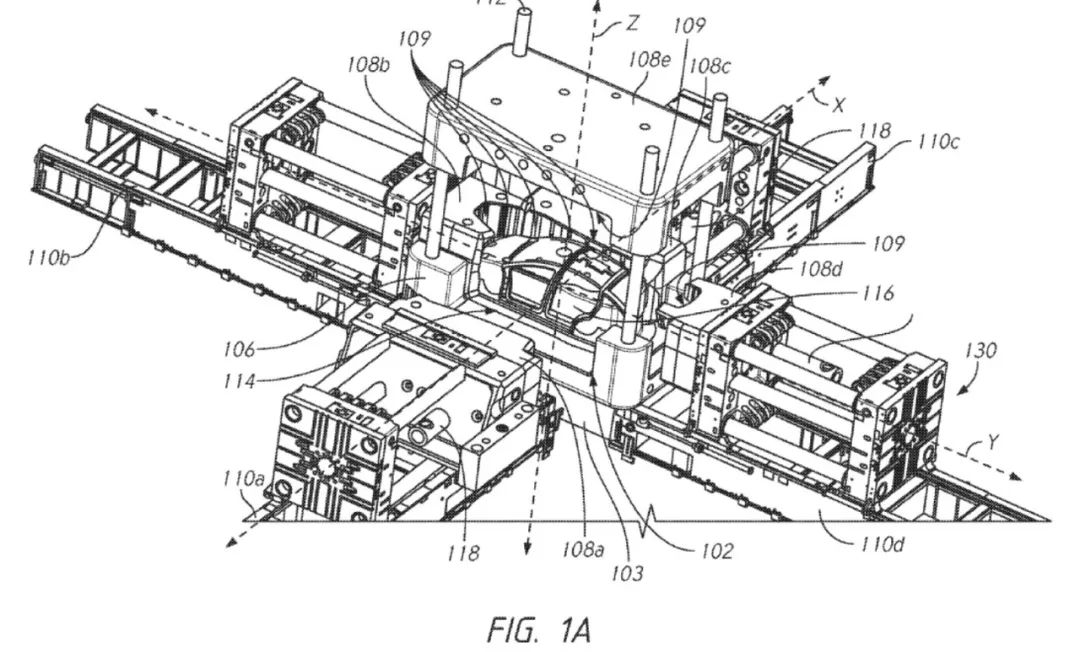
With the “multi-directional integrated casting machine”, can full automation be achieved? Anyone who knows a little about the automotive industry knows that the work of stamping and welding workshops is involved in making sheet metal to the white body. The lowest automated link in automobile manufacturing is the final assembly workshop that assembles all the interior and exterior components onto the body. In other words, Tesla has not yet shown the ambition to fully automate the production of Model Y. Has Tesla forsaken the obsession of making “machine manufacturing machines”?
Everything for Fully Automated Production
On October 24, 2018, Elon mentioned the progress of the Model Y project at the Tesla Q3 earnings call:
We’ve made significant progress on the Model Y. In fact, I approved the Model Y prototype to go into production recently. It will be 2020 for that to be in volume production.
我们在 Model Y 上取得了重大进展。 事实上,我已经批准了 Model Y 的原型车,将于近期投产。 实现批量生产要到 2020 年。
Just before and after Elon’s remarks, Tesla applied for two patents highly related to final assembly automation. One is called Structural Cable, and the other is called Wiring System Architecture. The following excerpt is taken from the patent description, and nothing is more convincing than the patent description.
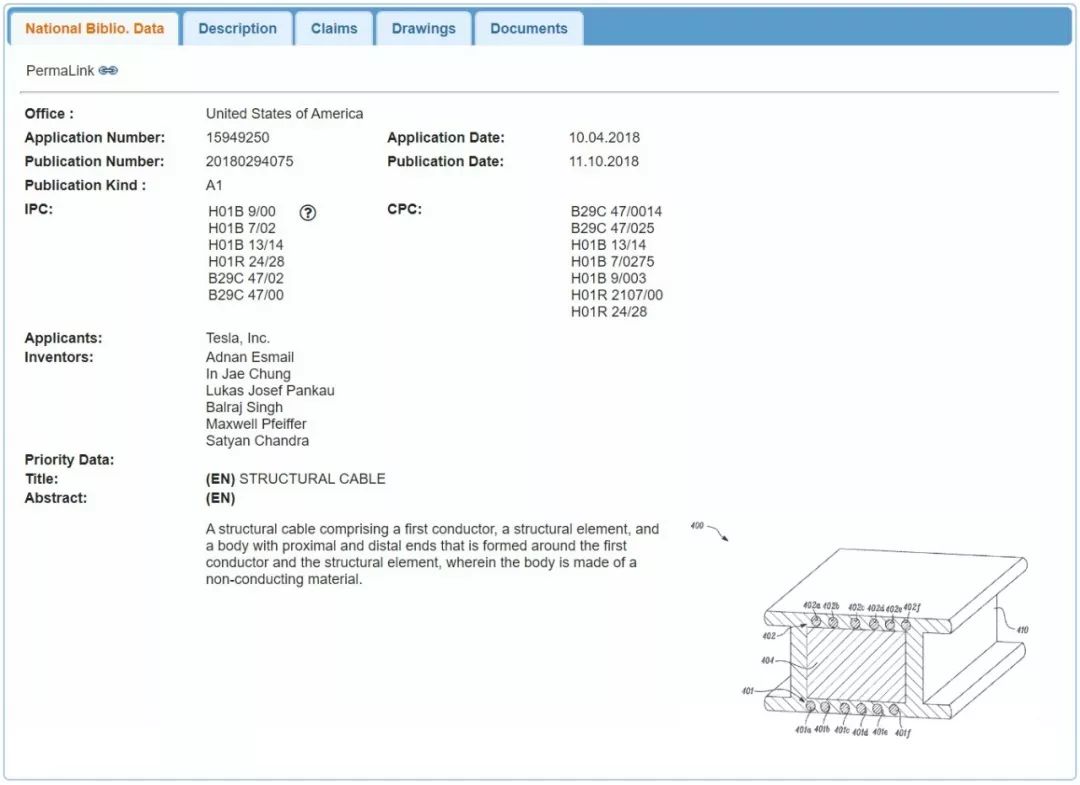
- The installation of traditional cables is difficult to automate. Cables lack sufficient structural integrity and rigidity and cannot be picked up, moved, and placed easily by a mechanical arm. Since cables are not rigid, they may not be easy to shape into different shapes and wired to predetermined positions in a narrow space.- According to this disclosure, structured cable is a cable with structural integrity, which can be manipulated and positioned by a robotic arm as part of an automated process, while providing reliable data connections to its required location. As part of the formal manipulation, structured cable prioritizes the ability to manipulate into different geometrical shapes, thus avoiding the placement of obstacles, and can be performed in a repeatable manner, for achieving automation process.
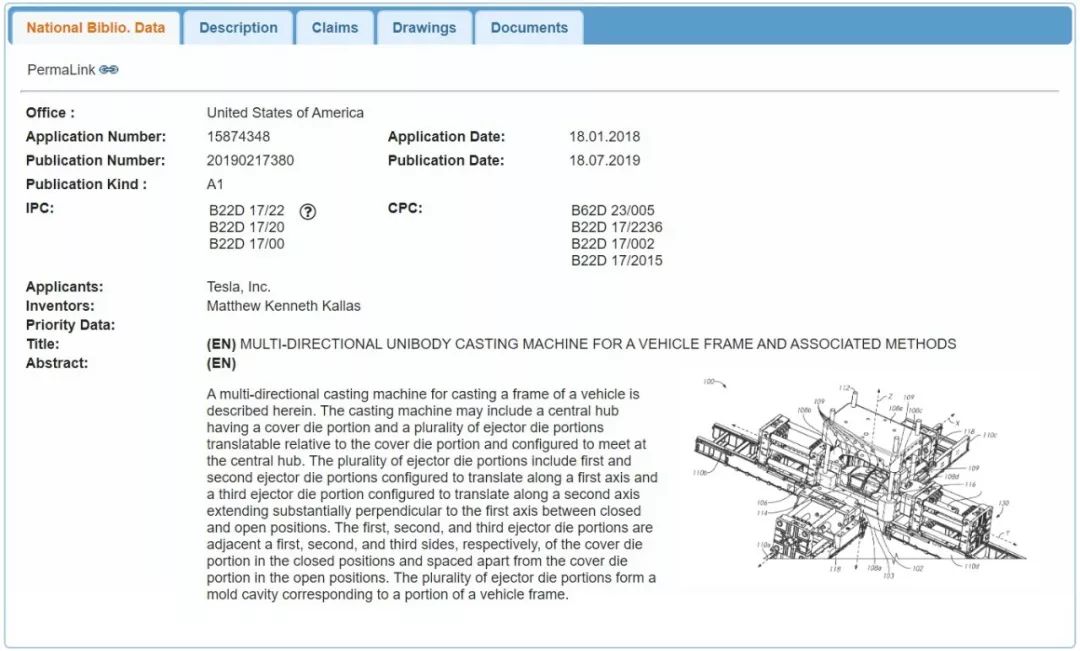
-
Traditional vehicle wiring is a fragmented solution. Typically, different wire harnesses connect each different electrical component to the central power source for driving each component. Within a single vehicle, the total length of the wires may be very long. These wire harnesses generally consist of multiple non-rigid circular conductors. Circular conductors are not the best choice for transmitting electricity. Due to insufficient rigidity, they need to be assembled into the vehicle by human hands, which may be a slow process.
-
This disclosure relates to a wiring system architecture and the cables and connectors necessary for implementing the architecture. This new architecture reduces the number and length of cables, and moves certain controllers into sub-components, which then control one or more devices present within the vehicle. In order to achieve power and signal transmission, we have invented new cables and connectors.
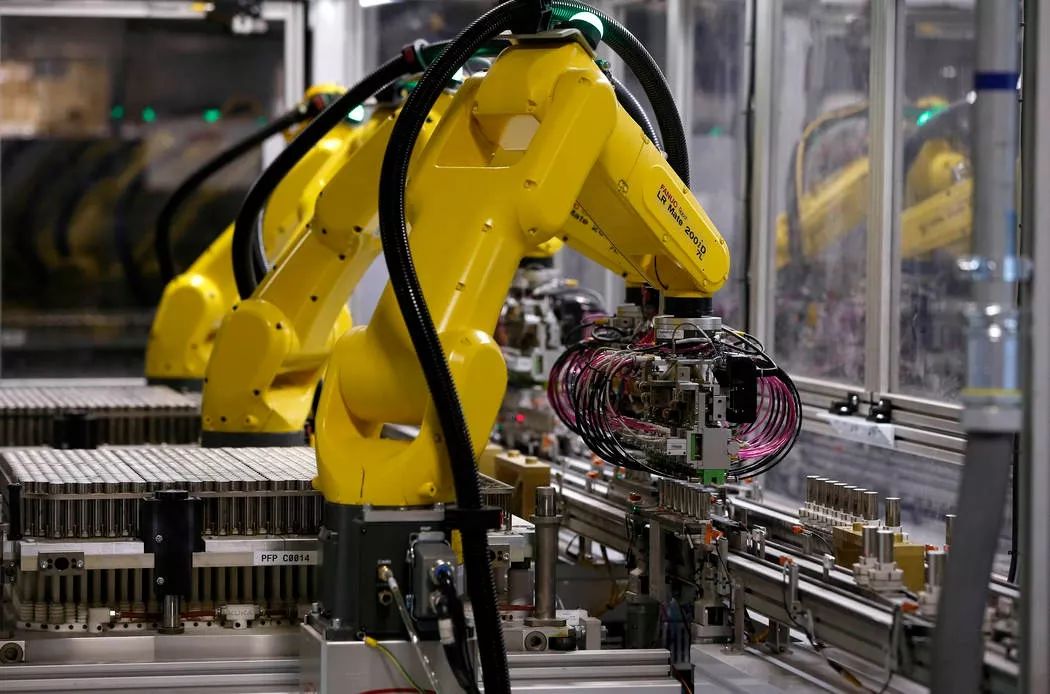
- Tesla has never confirmed that Model Y will apply a new generation of electronic and electrical architecture and wire harness, but it is hard not to make a conjecture when considering the timing of the “significant progress by Model Y” and the submission of two key patents.
Another intriguing point is that as a sister model on the same platform as Model 3, Model Y cannot be produced on the same production line with Model 3. In order to free up the production line for Model Y in the Fremont plant, Tesla had to restructure the factory in Q2 and Q3 of 2019.
Tesla’s building permit application to the city of Fremont shows that Tesla is building a new white-body production line and assembly workshop.
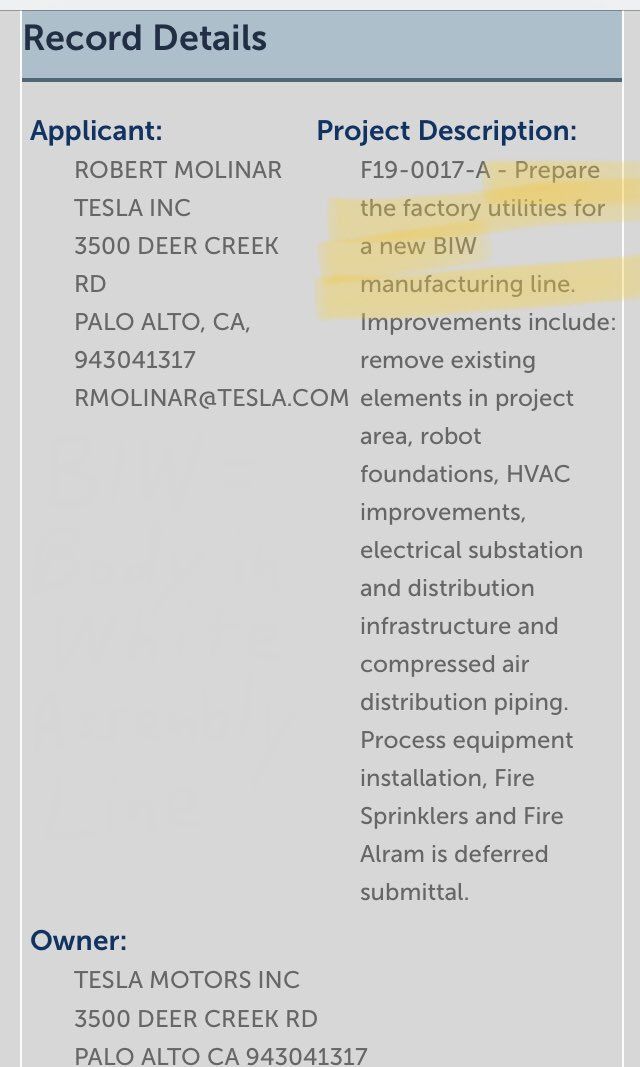
On October 15th, CleanTechnica, a media outlet known for its coverage of Tesla news, reported that according to insiders, “The Model Y will use the revolutionary Flex cable circuit, which can shorten the wiring harness of the entire car and provide redundant connections for batteries and computing platforms for each component.”
In the second half of 2017, Tesla aggressively promoted the automation of the Model 3’s final assembly through robotic grabbing of soft wiring harnesses and small interface components, but suffered a painful and profound failure.
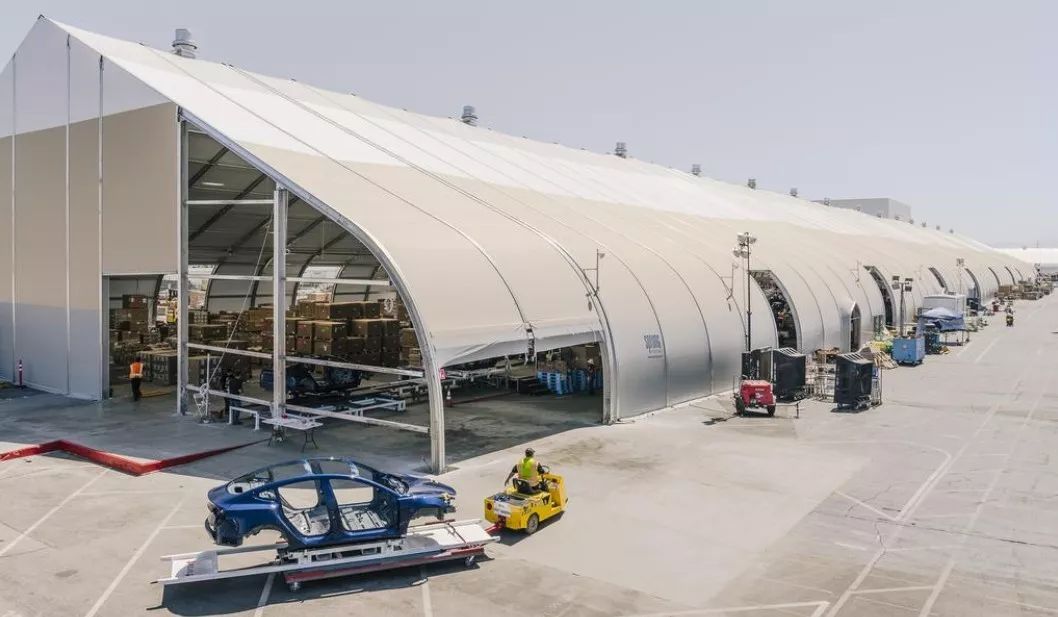
In the following two years, Tesla decided to charge ahead with full-automation production by updating the form of wiring harnesses and EE architecture.
“To achieve fully automated car production, Tesla not only needs to promote the intelligence of stamping, welding, painting, final assembly, and battery pack production lines, but also the integration and minimalization of products during the design of components”, as well as important.
This leads to a new question: Over the past three years, Tesla has invested over $2 billion in sunk costs, pushing for automation at great cost, and faced a life-threatening crisis. As soon as the Model 3 solidifies its position in the global market, Tesla immediately makes a comeback? Factoring in the time for patent applications, it seems that Tesla is filling old pits while digging new ones.
Why is Tesla so obsessed with fully automated production?
At Tesla’s annual shareholder meeting in June 2016, Elon made his first principle thinking about car manufacturing and factory efficiency:
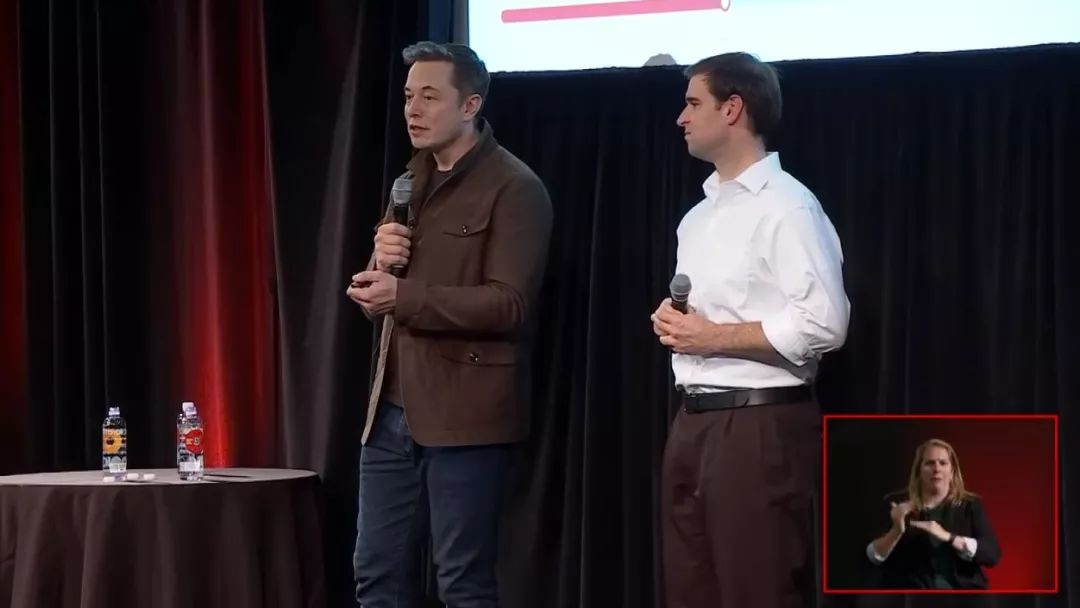
The ultimate output of a car factory equals volume multiplied by density multiplied by velocity. Take a look at the utilization rate of the factory’s space – not the floor space – the utilization rate is unbelievably low, about 2% – 3%.
Then what about the speed? What should our reasonable expectation be for the speed of the production line? The world’s most advanced car factories can produce a car every 25 seconds. Sounds fast, right? With the length of the car body and some buffer space, the speed is about 0.2 meters per second, which is about the same as a turtle.
We realized that the real problem, the real difficulty, and the greatest potential lies in “building the machine that builds the machines.” We really need to treat the factory as a huge product to develop. Our goal is to increase the utilization rate and speed by an order of magnitude, achieving 20%-30% and the speed of walking like a person, respectively.
Will Model Y become the first fully automated car produced in the Tesla and auto industry?
Will its sales exceed the total of Model S/X/3?
Model 3 sales have not been satisfactory in China. Many are waiting for the domestic Model 3, while more people are waiting for Model Y. For Chinese people, Model 3 is too small. A widely circulated misunderstanding in the SUV market is that Chinese people like SUVs and that the sales center for Model Y will be in China.
What is the real situation in the global SUV market?
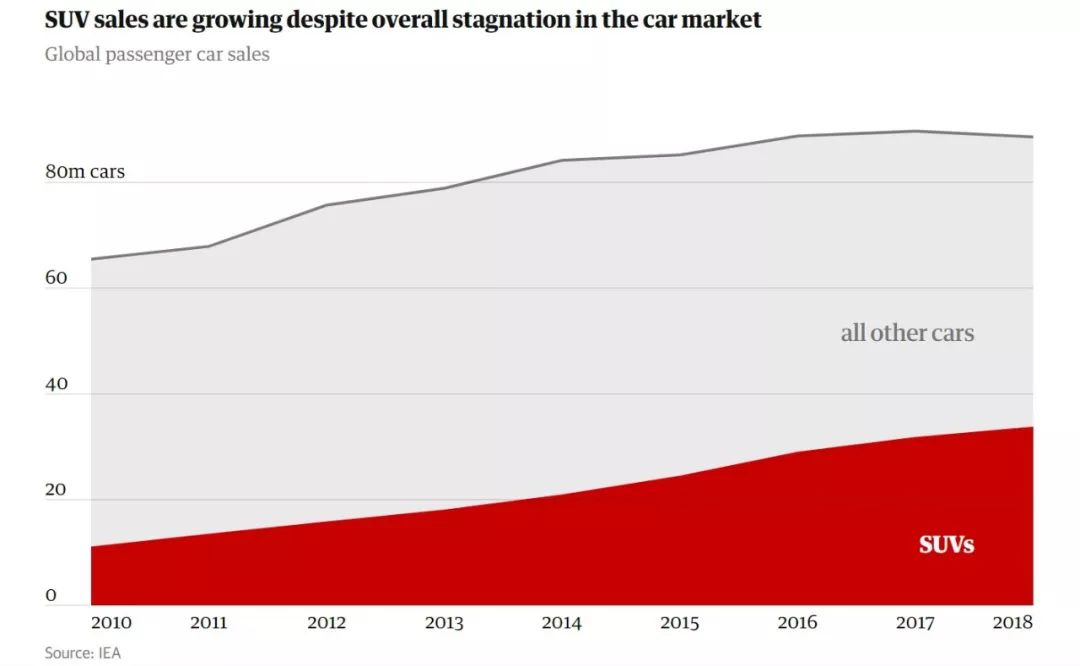
From 2010 to 2018, the global market share of SUVs increased from 17% to 39%, with sales reaching a record 35 million units in 2018. Of the world’s three major auto markets, for every 10 passenger cars sold in China, 4 are SUVs. In Europe, for every 3 passenger cars sold, 1 is an SUV. In Tesla’s homeland of the United States, for every 2 passenger cars sold, 1 is an SUV.
This is the SUV prospect for the three global auto markets and the Tesla’s two core region markets. If you recall the market performance of Model 3, you will be more impressed with Tesla’s killing power in the consumer market.
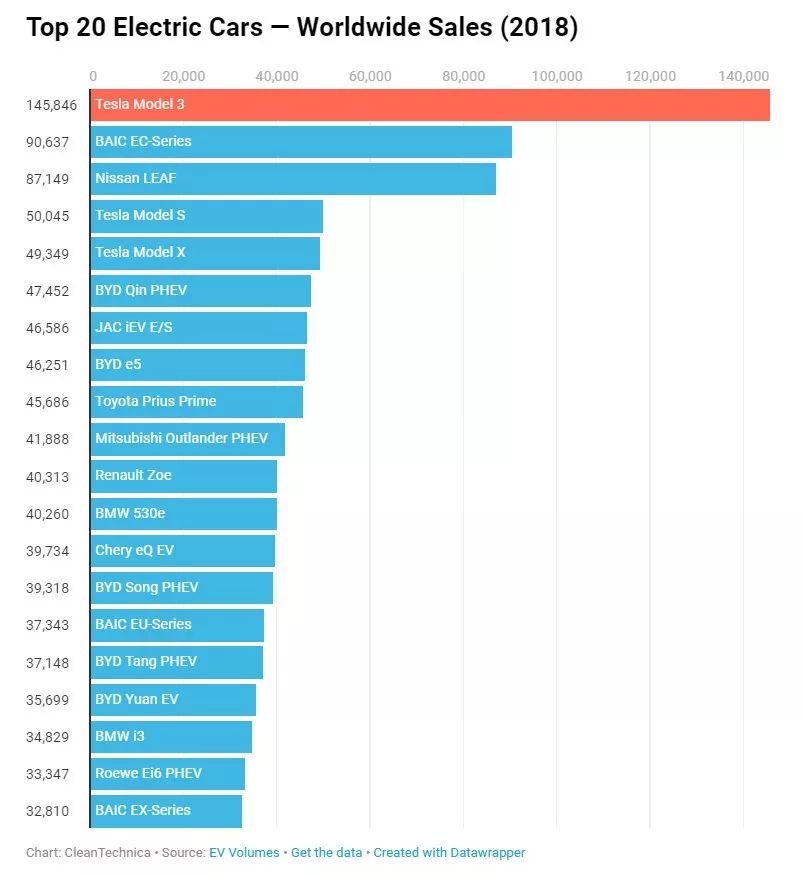
From 2014 to the present, the US car market has experienced five consecutive years of decline, with a market share falling below 30% for the first time in 2018. Against this background, Tesla’s Model 3 has bucked the trend and with production capacity stabilizing at over 5,000 units per week in the second half of 2018, Tesla’s share of the US passenger car market increased from less than 0.5% to more than 2%, eventually taking 7% of the global pure electric vehicle market in 2018.
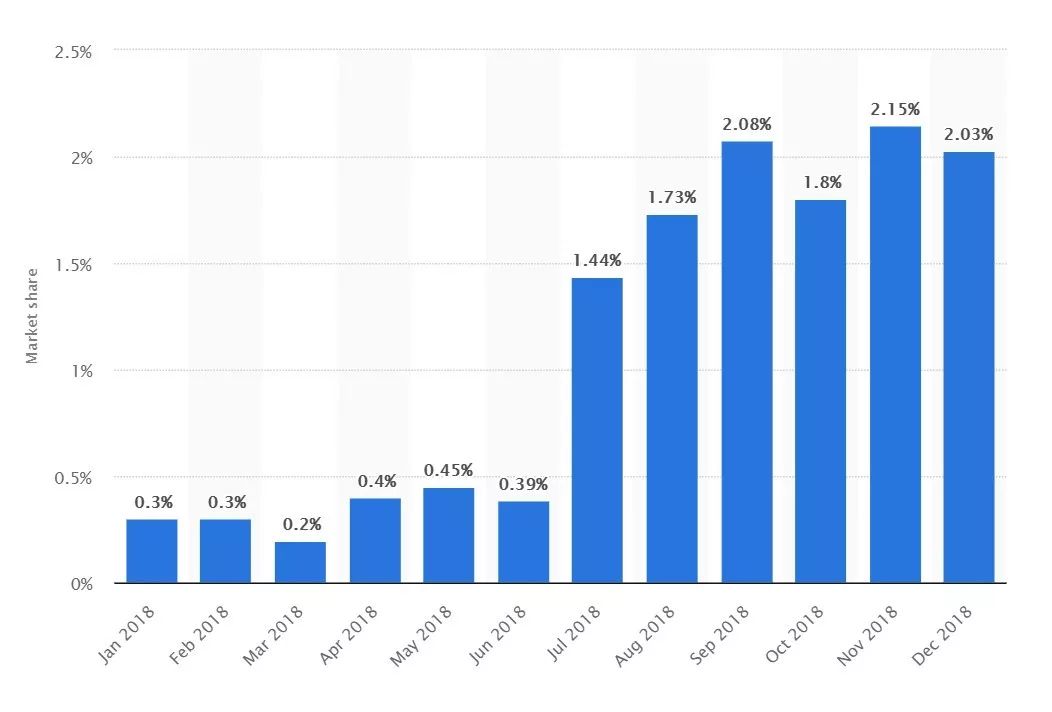
What kind of impact will Model Y have on the global SUV market which is expected to be completely revolutionary?The market expects Model Y to reduce investment intensity with “low cost” and “high gross profit”. Besides continuing the previous aggressive style, what are Tesla’s expectations for Model Y?
At the Q3 earnings conference, Tesla CFO Zachary Kirkhorn said that Tesla believes the average selling price (ASP) of Model Y will be higher than Model 3, and the company is committed to controlling the cost of Model Y. According to Tesla’s current project forecast, the cost of Model Y will be roughly equivalent to Model 3, therefore, the gross profit margin of Model Y will be higher than Model 3.
Finally, regarding the production schedule, Tesla originally planned to produce Model Y on August 1, 2020, and reach a production capacity of 2,000 vehicles per week by September 1. In the earnings report, this plan was summarized as “mid-year 2020”.
On October 25th, three different sources reported that Tesla will begin producing Model Y around Q1 2020. However, after the Q3 earnings report, foreign media reported that “Tesla CEO Elon Musk reiterated that Model Y will be put into production in mid-2020”. So what did Elon say exactly?
What really matters is the timing to volume production where volume production is some number in excess of 1,000 units per week. And we’re confident of reaching that point no later than the middle of 2020.
Tesla has prepared for Model Y. Is the world ready to welcome it?

This article is a translation by ChatGPT of a Chinese report from 42HOW. If you have any questions about it, please email bd@42how.com.
